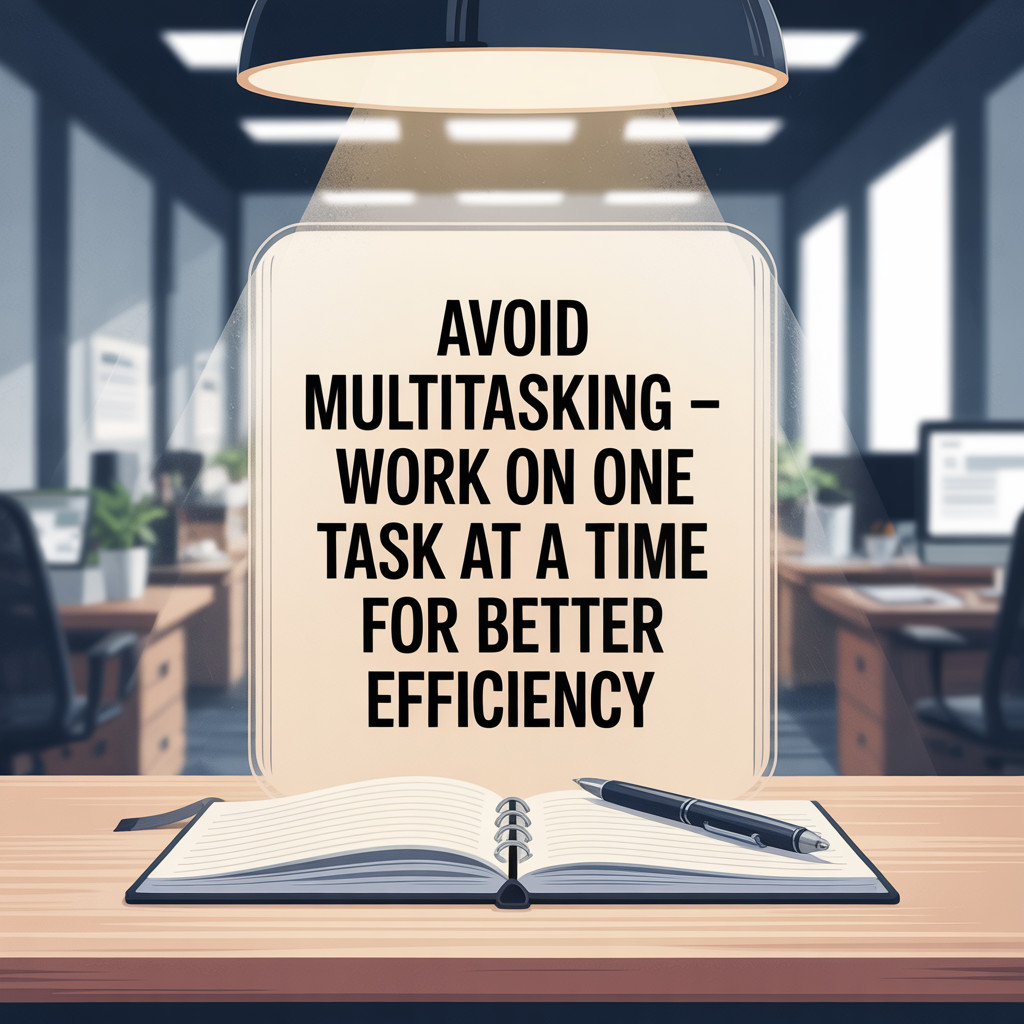
Are you juggling a million things at once, feeling overwhelmed, and yet somehow accomplishing less than you’d hoped? In today’s fast-paced world, the ability to focus on a single task has become both increasingly rare and remarkably valuable. It's October 13, 2025, a Monday, and the start of a new week - the perfect time to ditch the myth of multitasking and embrace the power of single-tasking. This week, we're diving into Tweak #21: Avoid Multitasking – Work on One Task at a Time for Better Efficiency. It's a game-changer.
For busy professionals, students, and anyone striving for personal development, this tweak can significantly impact your productivity, reduce fatigue, and enhance your overall well-being. Let's explore why avoiding multitasking is crucial and how you can implement effective strategies to achieve your daily goals and improve your work-life balance.
1. The Importance of Avoiding Multitasking
The allure of multitasking is strong. We often believe we're being more efficient by tackling multiple tasks simultaneously. However, research paints a very different picture.
Cognitive Load: Multitasking dramatically increases cognitive load. It makes it harder for your brain to focus and process information effectively. Think of your brain as a computer; opening too many programs at once slows everything down. Neuroscience has definitively established that what appears to be multitasking is actually rapid task-switching. Functional neuroimaging studies have consistently demonstrated that key brain systems involved in executive control and sustained attention determine our capacity to manage multiple task demands [2][3]. Having multiple active task goals places substantially greater demands on the frontoparietal control and dorsal attention networks, which possess finite capacities that become overwhelmed when stretched across competing objectives [2].
Quality of Work: Focusing on one task at a time leads to higher-quality work and fewer mistakes. When you're constantly switching between tasks, your attention is divided, and you're more likely to make errors. Studies reveal that multitasking increases task completion time by fifteen percent while simultaneously elevating error rates by fifty percent [1][22][47].
2. Benefits of Single-Tasking
Now, let's flip the script and explore the advantages of single-tasking.
Enhanced Productivity: Concentrating on a single task leads to faster completion times and improved efficiency. Evidence overwhelmingly demonstrates that productivity increases by forty percent when workers stop attempting to multitask and instead focus on single tasks sequentially [5][52].
Improved Focus: Single-tasking allows for deeper focus, enhancing creativity and problem-solving abilities. By dedicating your full attention to one task, you can enter a state of "flow," where you're completely absorbed and highly productive. Flow, as conceptualized by psychologist Mihaly Csikszentmihalyi, describes an optimal experience characterized by complete absorption in an activity where skills and challenges align at appropriately high levels [50][53].
3. Techniques for Avoiding Multitasking
Ready to embrace single-tasking? Here are some practical techniques:
Time Blocking: Allocate specific time slots for individual tasks, reducing the temptation to switch between tasks. Schedule everything, from answering emails to working on important projects. This creates a structure that protects focus time while ensuring that all important work receives dedicated attention [7][10].
Pomodoro Technique: Work in focused bursts followed by short breaks to maintain concentration. A popular method is the Pomodoro Technique, which involves working in focused twenty-five-minute bursts followed by short breaks [8][11]. Research comparing Pomodoro techniques with self-regulated breaks found that participants using the Pomodoro method maintained more consistent productivity patterns over extended work periods [8].
4. Creating a Distraction-Free Environment
A conducive environment is crucial for effective single-tasking.
Minimize Interruptions: Turn off notifications, close unnecessary tabs, and set boundaries with colleagues or family members. Let people know when you need uninterrupted time to focus.
Organize Your Workspace: Keep your workspace tidy and organized to promote focus and reduce mental clutter. A clean workspace proves particularly important because physical clutter creates visual distractions that trigger automatic attention shifts and serve as reminders of other tasks [14].
5. Setting Clear Goals
Clear goals provide direction and motivation.
Daily Goals: Set clear, achievable daily goals to maintain focus and direction throughout the day. Start each day by identifying your top three priorities.
Prioritize Tasks: Prioritize tasks based on urgency and importance to stay on track and avoid the urge to multitask. The Eisenhower Matrix provides a complementary framework for ensuring that single-tasking efforts focus on genuinely important work [15][18][31][34].
6. Mindfulness Practices
Mindfulness can help you stay present and focused.
Mindfulness Techniques: Practice deep breathing or short meditation sessions to stay present and focused on the task at hand. A study of foundation year doctors found that mindfulness training improved executive function, working memory, and the ability to manage stressful situations [16].
Reflect on Progress: At the end of the day, reflect on what you accomplished and how single-tasking contributed to your productivity.
7. Overcoming Common Barriers
Switching to single-tasking isn't always easy.
Addressing the Myth of Multitasking: Counter common misconceptions about multitasking being more efficient with evidence that it actually reduces productivity and increases errors. Survey data revealed that ninety-three percent of people believe they can multitask better than or as well as the average person, a statistical impossibility that highlights widespread metacognitive failure regarding multitasking performance [6][46].
Building New Habits: Start with short periods of focused work and gradually increase the duration. Habit formation research shows that approximately two months of consistent practice may be required to establish robust single-tasking habits [49].
8. Celebrate Small Wins
Recognizing your achievements reinforces positive behavior.
Recognizing Achievements: Celebrate small wins when completing tasks, reinforcing positive behavior and motivating continued focus on single-tasking. Research from Harvard Business School highlights the power of small wins in boosting morale and productivity [36].
Case Studies and Real-World Examples
Consider the case of Sarah, a marketing manager who felt constantly overwhelmed by her workload. She tried to juggle multiple projects simultaneously, responding to emails while creating presentations and attending meetings. Her work suffered, and she felt perpetually stressed. After implementing time blocking and single-tasking, Sarah saw a dramatic improvement. She completed projects faster, made fewer errors, and felt more in control of her workload.
Another example is a solopreneur, Mark, who runs a small online business [20]. Initially, he tried to handle all aspects of the business at once, from customer service to product development. He felt burned out and struggled to grow his business. By focusing on one task at a time and delegating where possible, Mark was able to streamline his operations and significantly increase his revenue.
The Modern Workplace Context
The modern workplace often encourages multitasking, but this is counterproductive. Gallup's State of the Global Workplace Report for 2024 revealed that global employee engagement declined to twenty-one percent, costing the global economy approximately four hundred thirty-eight billion dollars in lost productivity [28][55]. It's clear that a shift towards focused work is needed.
Even with the rise of remote work, which some studies suggest can increase deep-focus work by 22% [4], the digital communication burden has become acute. Research indicates that 60% of workers experience burnout due to digital communication alone [1].
Conclusion
Avoiding multitasking and focusing on one task at a time is a powerful strategy for enhancing productivity, improving focus, and reducing stress. By implementing techniques like time blocking, the Pomodoro Technique, and mindfulness practices, you can transform your work habits and achieve your objectives more efficiently.
Start implementing these strategies today! Choose one technique to focus on this week and reflect on your productivity habits. Ditch the myth of multitasking and unlock your true potential. Embrace single-tasking and experience the difference it can make in your life. What will you focus on first?
Sources and References
[1]https://myhours.com/articles/productivity-statistics-2025
[2]https://pmc.ncbi.nlm.nih.gov/articles/PMC7075496/
[3]https://pmc.ncbi.nlm.nih.gov/articles/PMC11543232/
[4]https://www.yomly.com/employee-productivity-statistics/
[5]https://centerforbrainhealth.org/article/single-tasking
[6]https://neuroleadership.com/your-brain-at-work/the-myth-of-multitasking/
[7]https://www.todoist.com/productivity-methods/time-blocking
[8]https://pmc.ncbi.nlm.nih.gov/articles/PMC12292963/
[9]https://www.usemotion.com/blog/single-tasking.html
[10]https://www.habitstrong.com/time-blocking-pros-cons/
[11]https://www.research.ed.ac.uk/files/447113983/PedersenEtal2024TSTimeManagement.pdf
[12]https://www.psychologytoday.com/us/blog/decisions-and-the-brain/202503/the-power-of-single-tasking
[13]https://wellnessatnih.ors.od.nih.gov/Documents/Boosting%20Productivity%20at%20Work%20How%20Mindfulness%20Training%20Helps%20(002).pdf
[14]https://www.sunsama.com/blog/no-distractions
[15]https://www.eisenhower.me/eisenhower-matrix/
[16]https://pmc.ncbi.nlm.nih.gov/articles/PMC11295646/
[17]https://www.startupgrind.com/blog/remote-entrepreneurs-7-tips-for-a-distraction-free-home-office/
[18]https://asana.com/resources/eisenhower-matrix
[19]https://pmc.ncbi.nlm.nih.gov/articles/PMC10589164/
[20]https://medium.datadriveninvestor.com/44-mind-blowing-solopreneur-success-stories-that-will-change-how-you-think-about-business-c9405a25d8f5
[21]https://www.nature.com/articles/s41598-024-56836-2
[22]https://abcnews.go.com/Business/CareerManagement/story?id=4402308
[23]https://thebusinesstea.co.uk/10-small-business-success-stories/
[24]https://news.wfu.edu/2024/04/16/the-switch-cost-of-multitasking/
[25]https://lifehackmethod.com/blog/work-life-balance-statistics/
[26]https://writingcooperative.com/the-transformative-power-of-deep-work-in-research-and-writing-413761ac700d
[27]https://pmc.ncbi.nlm.nih.gov/articles/PMC11939997/
[28]https://www.gallup.com/workplace/349484/state-of-the-global-workplace.aspx
[29]https://bookponder.com/2024/09/04/4-lessons-from-deep-work/
[30]https://www.apa.org/news/podcasts/speaking-of-psychology/attention-spans
[31]https://asana.com/resources/eisenhower-matrix
[32]https://positivepsychology.com/how-to-stop-procrastinating/
[33]https://summer.harvard.edu/blog/why-celebrating-small-wins-matters/
[34]https://www.athena.com/blog/posts/prioritization-techniques
[35]https://mcgraw.princeton.edu/undergraduates/resources/resource-library/understanding-and-overcoming-procrastination
[36]https://hbr.org/2011/05/the-power-of-small-wins
[37]https://thebusinessdive.com/productivity-apps
[38]https://www.android.com/digital-wellbeing/
[39]https://www.deloitte.com/us/en/services/consulting/blogs/human-capital/improving-employee-experience-and-productivity.html
[40]https://thedigitalprojectmanager.com/tools/best-productivity-tools/
[41]https://play.google.com/store/apps/details?id=com.google.android.apps.wellbeing&hl=en_US
[42]https://www.mckinsey.com/capabilities/mckinsey-digital/our-insights/the-top-trends-in-tech
[43]https://evidencebased.education/resource/the-multitasking-myth/
[44]https://academic.oup.com/oep/article/77/3/849/8029835
[45]https://pmc.ncbi.nlm.nih.gov/articles/PMC10431647/
[46]https://neuroleadership.com/your-brain-at-work/the-myth-of-multitasking/
[47]https://productivityreport.org/2025/04/11/how-much-time-do-we-lose-task-switching/
[48]https://pmc.ncbi.nlm.nih.gov/articles/PMC4084861/
[49]https://pmc.ncbi.nlm.nih.gov/articles/PMC3505409/
[50]https://pmc.ncbi.nlm.nih.gov/articles/PMC7551835/
[51]https://www.monitask.com/en/business-glossary/attention-restoration
[52]https://centerforbrainhealth.org/article/single-tasking
[53]https://www.hunimed.eu/news/the-flow-state-the-brains-most-productive-state/
[54]https://positivepsychology.com/attention-restoration-theory/
[55]https://www.gallup.com/workplace/349484/state-of-the-global-workplace.aspx
[56]https://www.thinkherrmann.com/whole-brain-thinking-blog/what-is-time-and-energy-management
[57]https://www.atlassian.com/blog/productivity/decision-fatigue
[58]https://www.shrm.org/topics-tools/news/inclusion-diversity/burnout-shrm-research-2024
[59]https://hbr.org/2007/10/manage-your-energy-not-your-time
[60]https://wavelength.asana.com/workstyle-decisions/


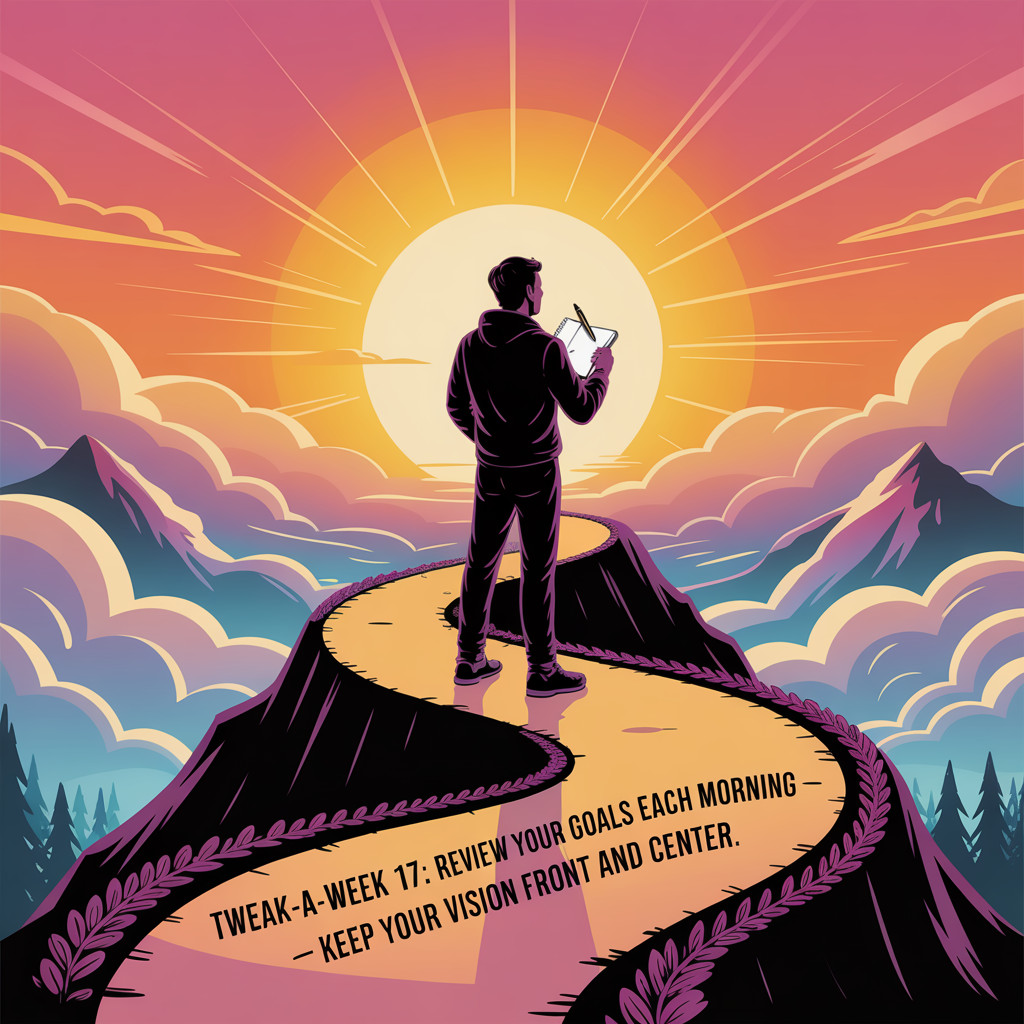

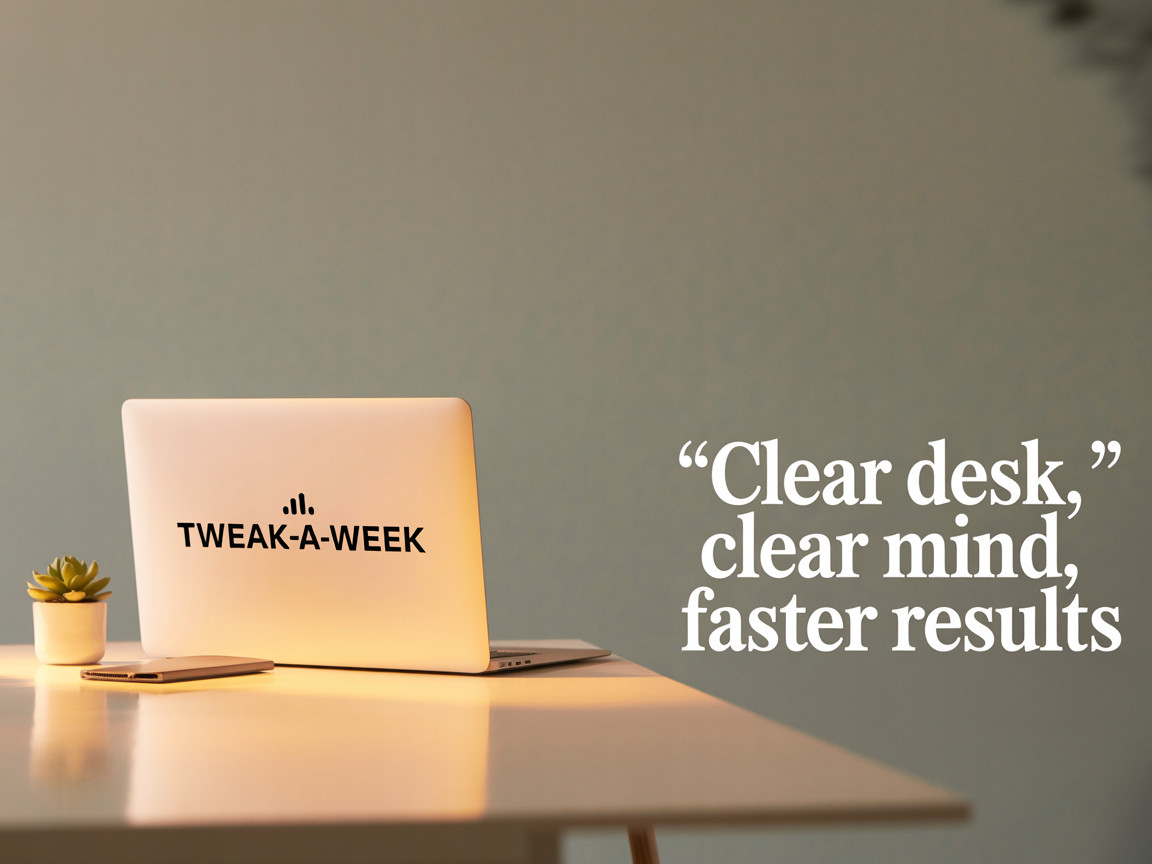
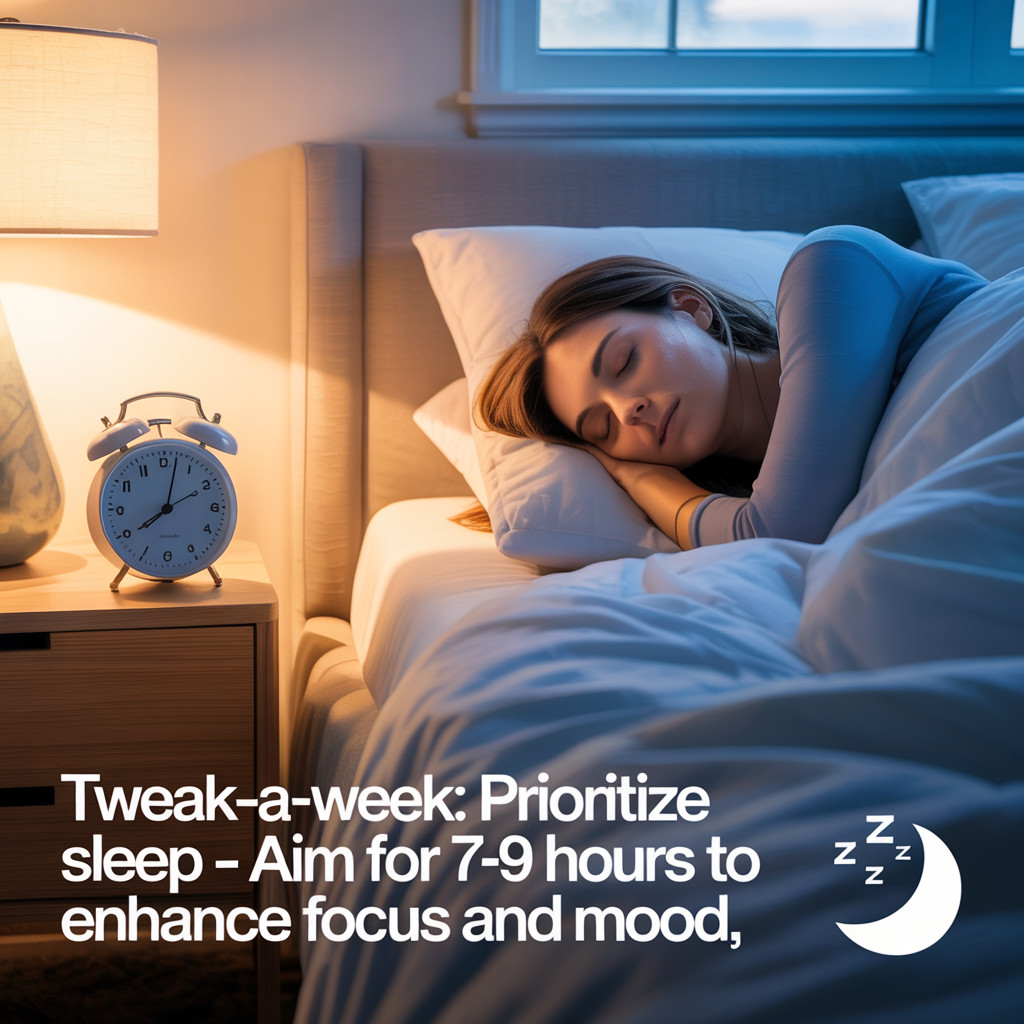
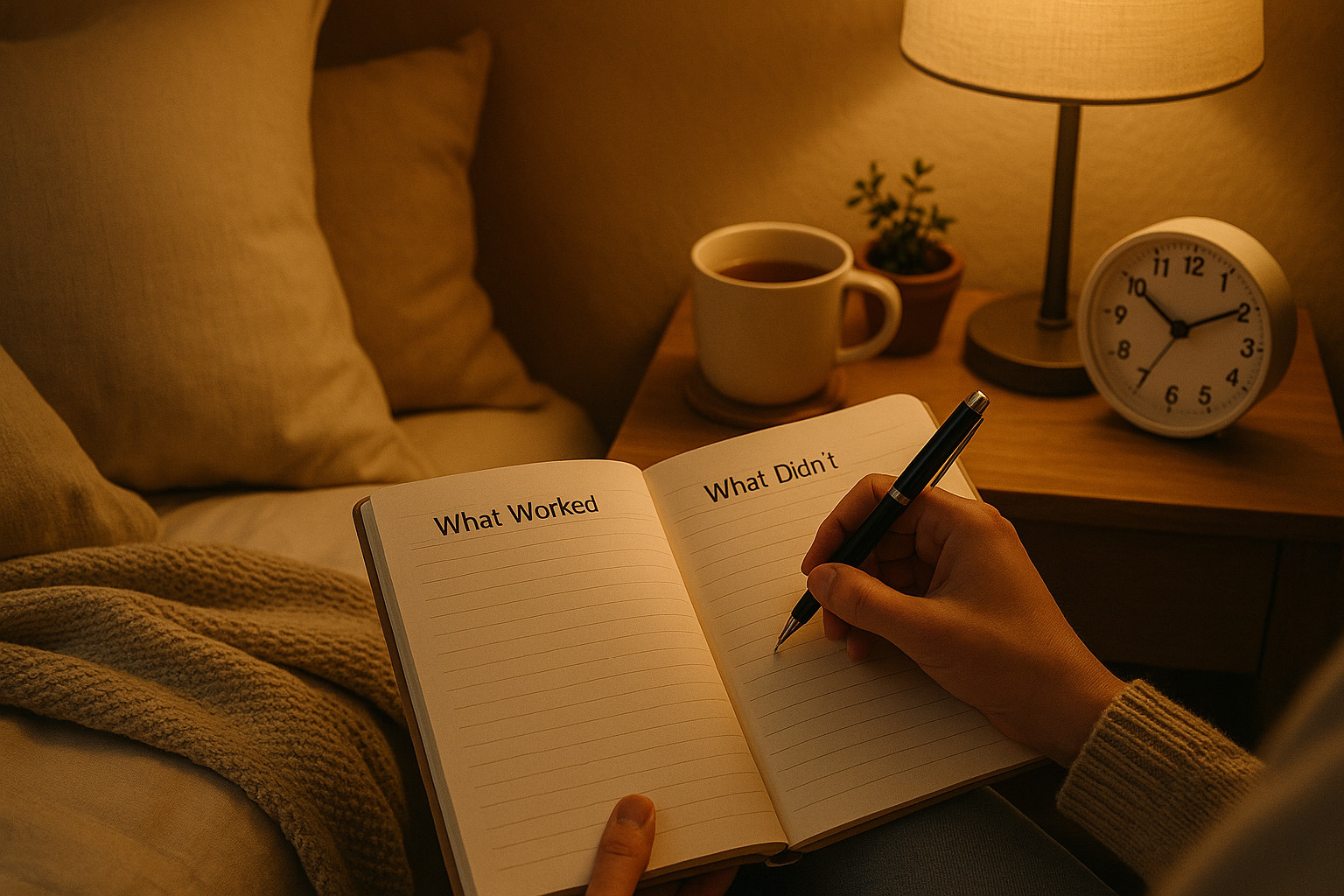
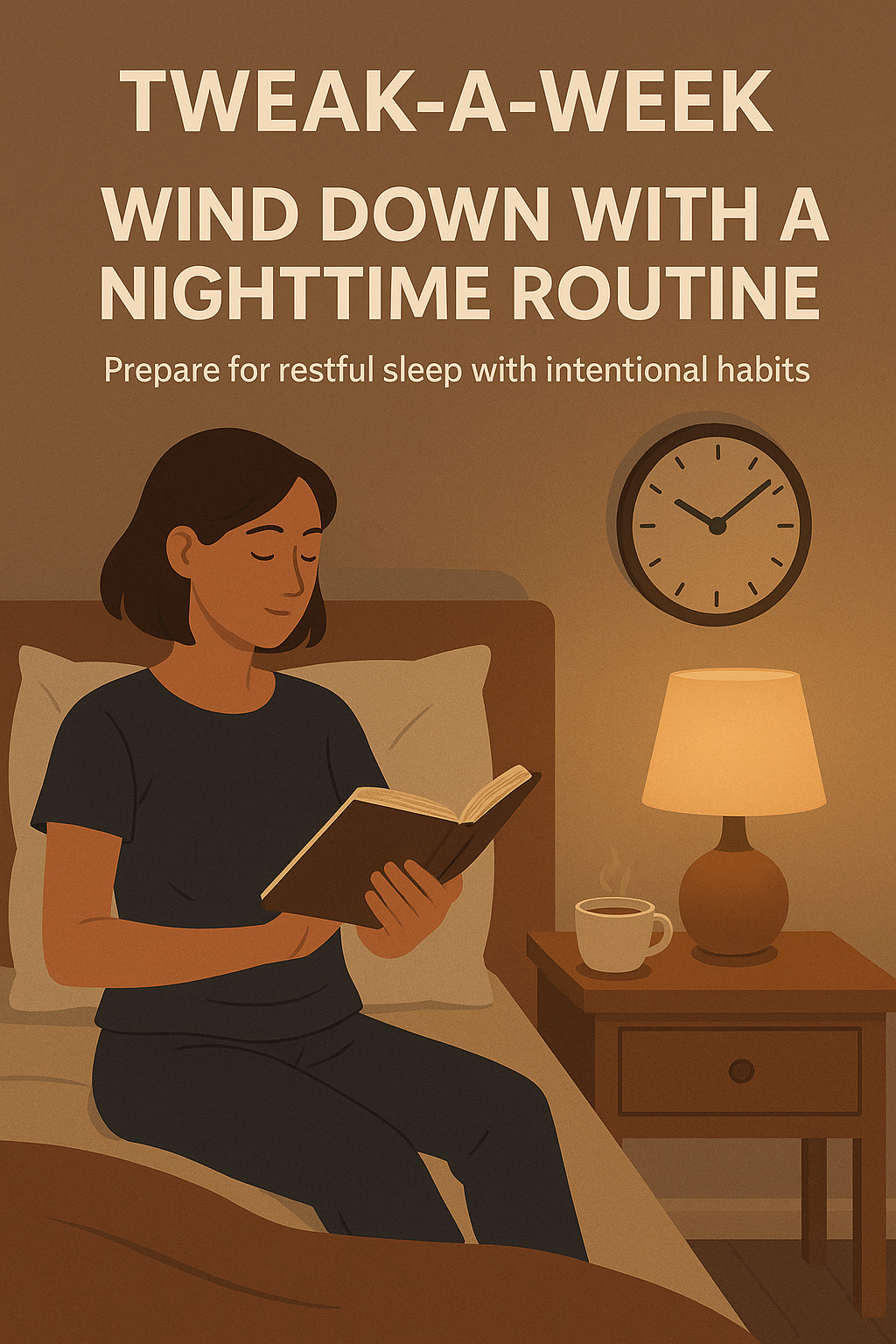


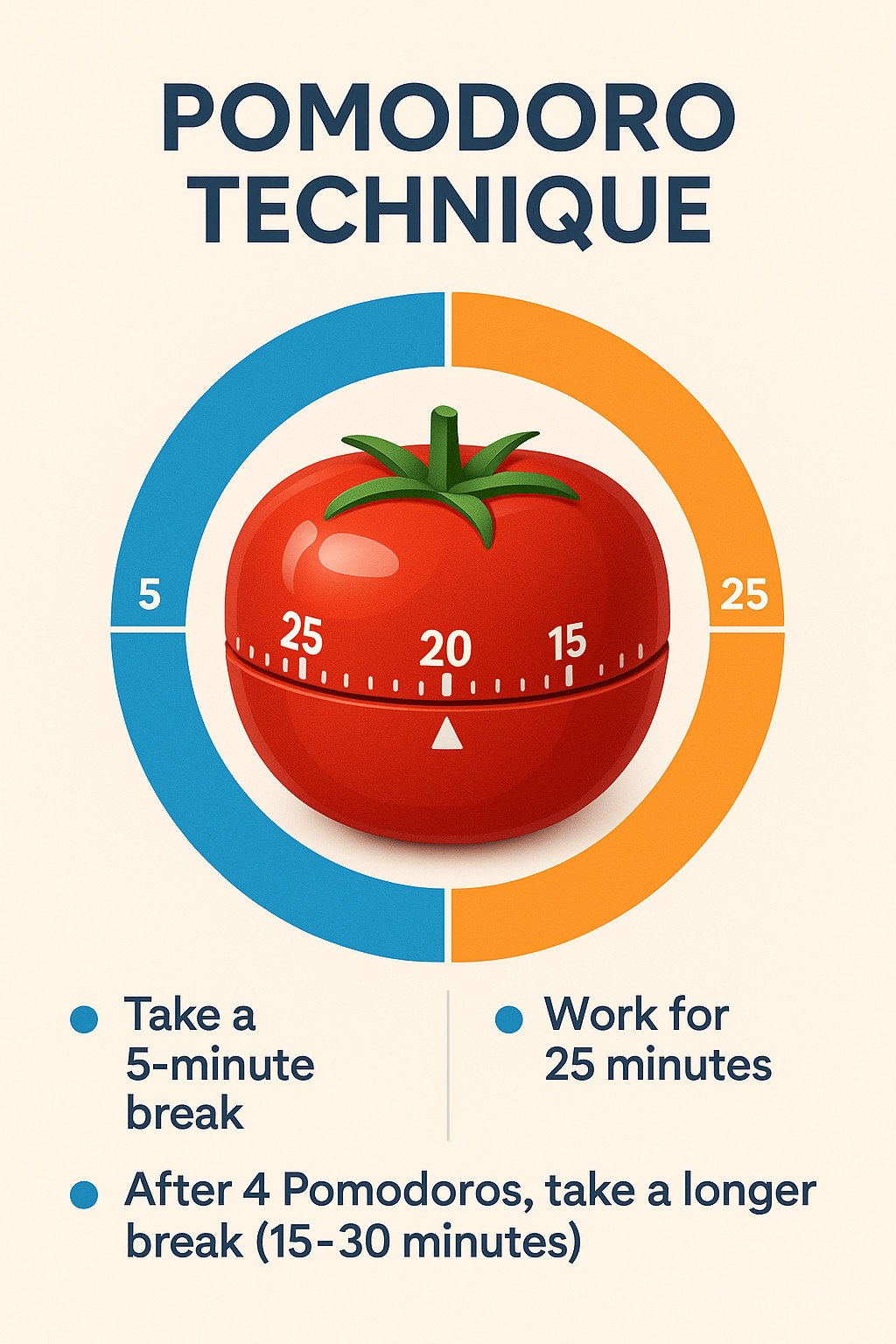

 Introducing Scott, a Certified Professional Christian Life Coach (CPCLC) and a passionate advocate for life optimization. With his certification, Scott brings a wealth of knowledge and expertise to his role as a guide, helping individuals unlock their fullest potential by applying transformative, faith-based principles.
Introducing Scott, a Certified Professional Christian Life Coach (CPCLC) and a passionate advocate for life optimization. With his certification, Scott brings a wealth of knowledge and expertise to his role as a guide, helping individuals unlock their fullest potential by applying transformative, faith-based principles.
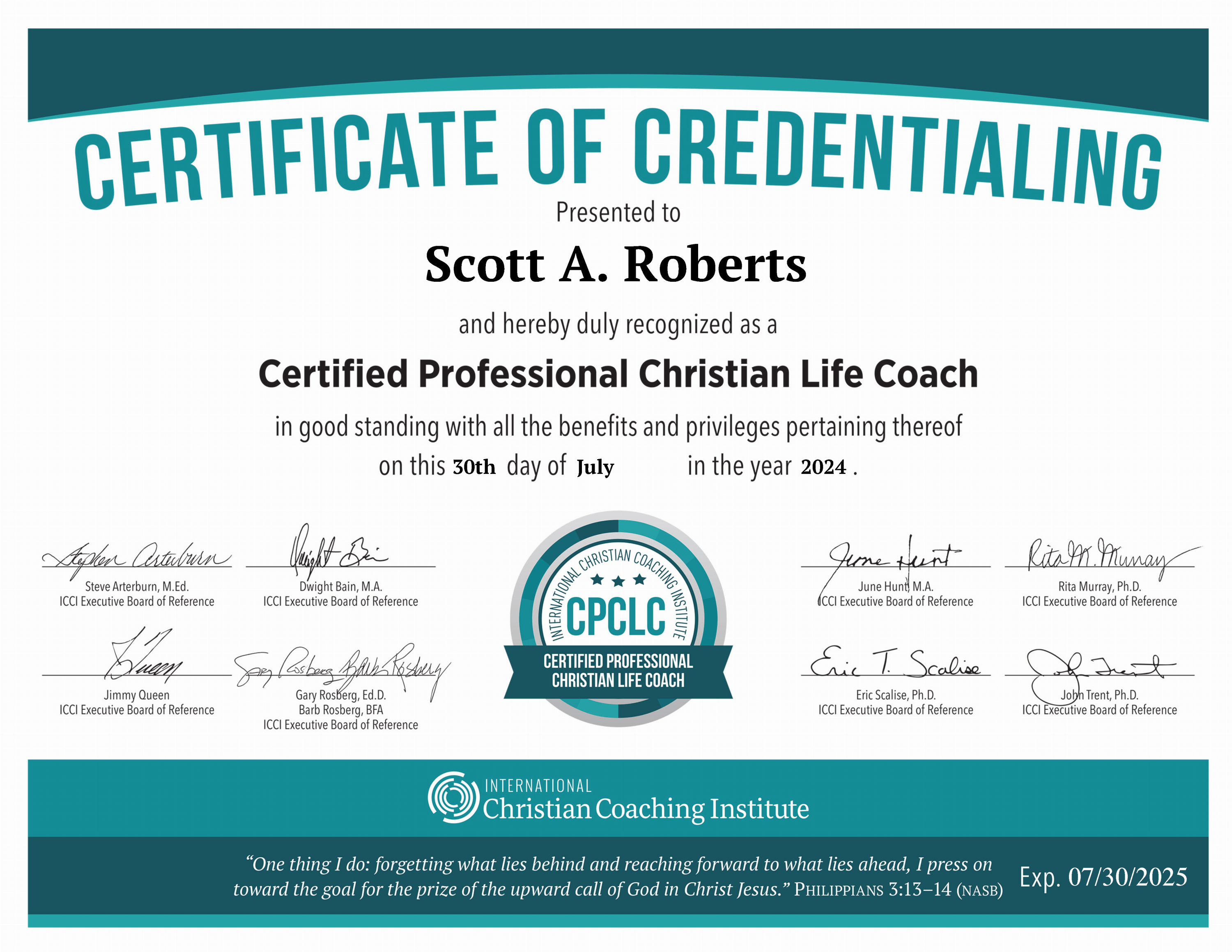
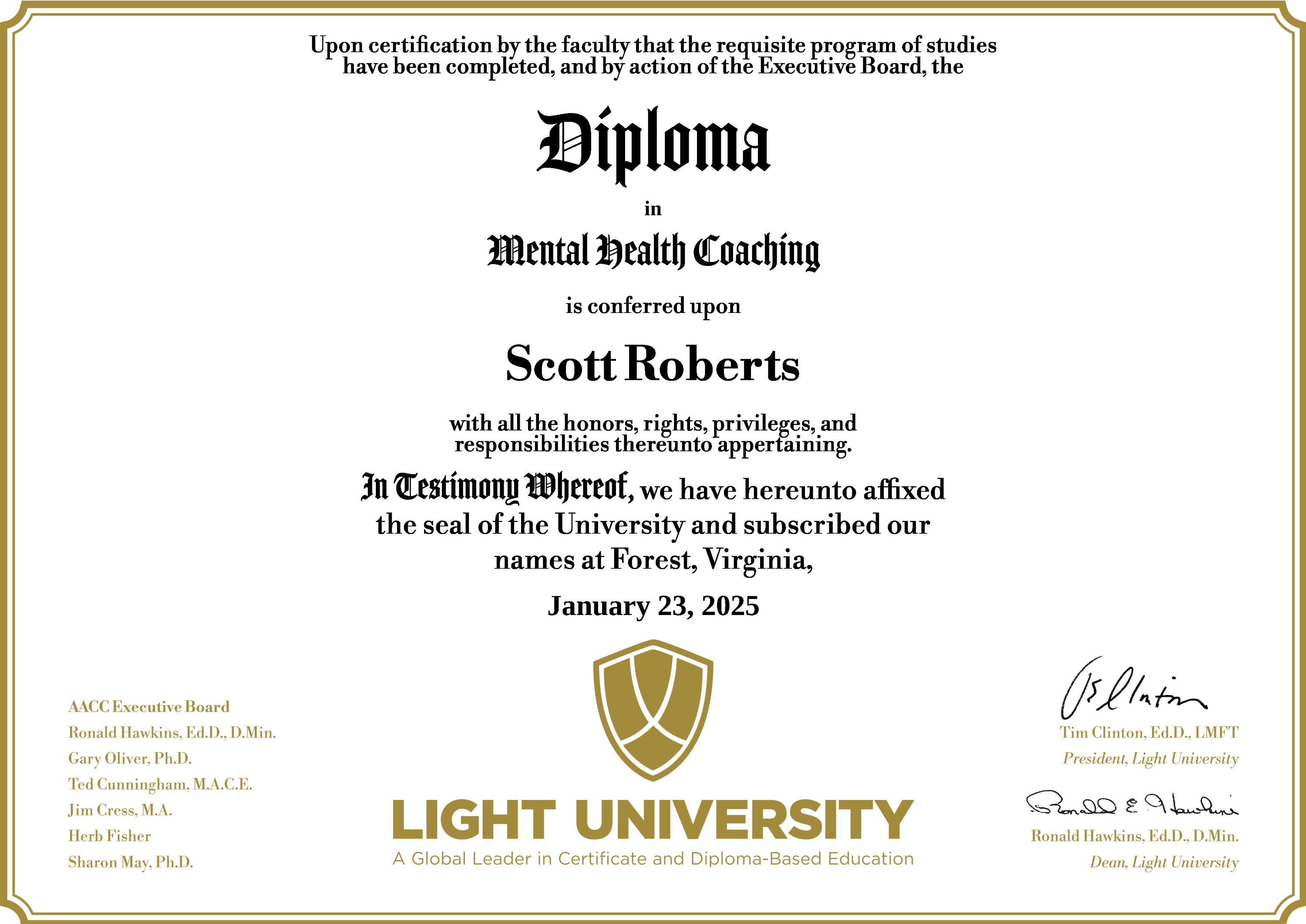
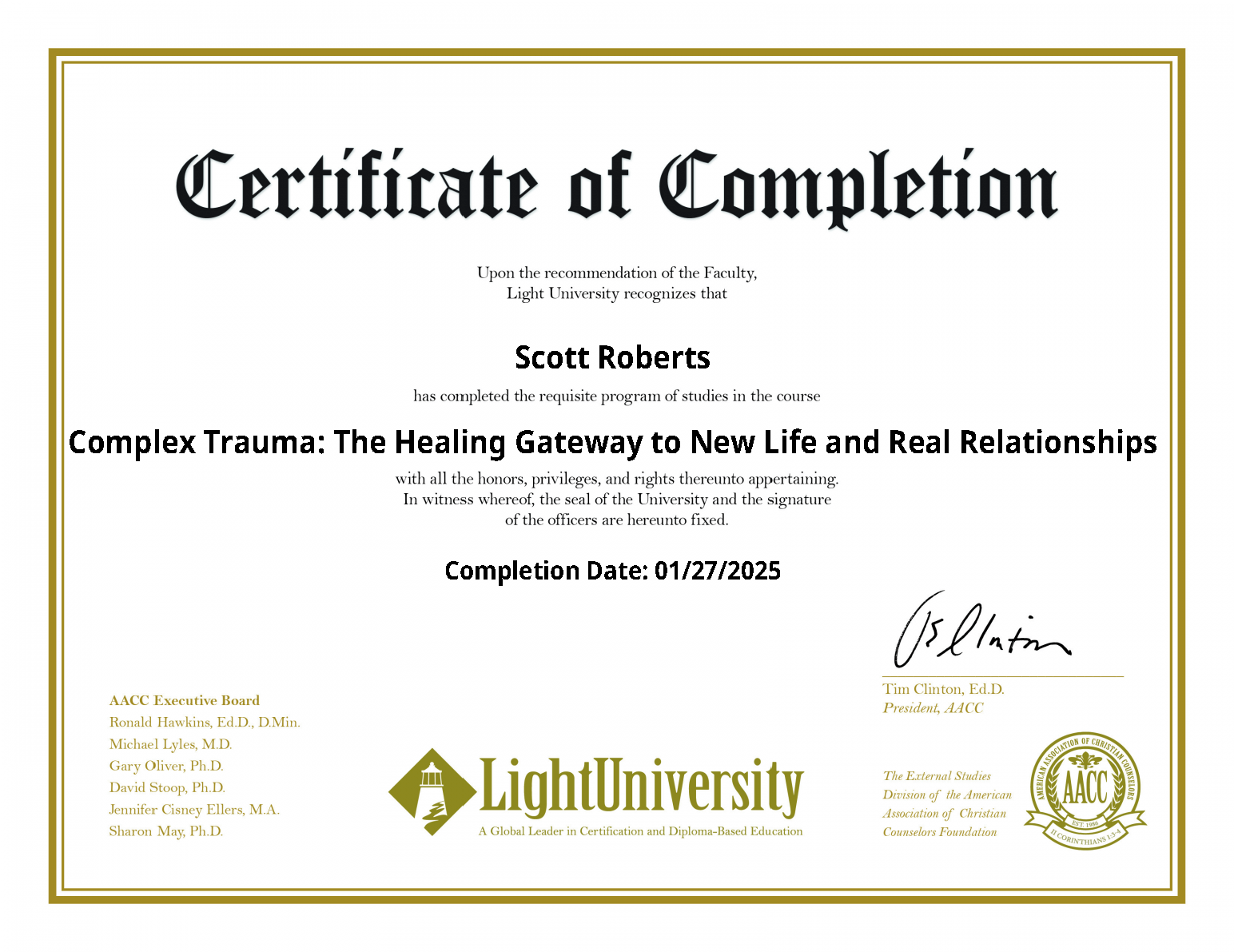

0 Comments